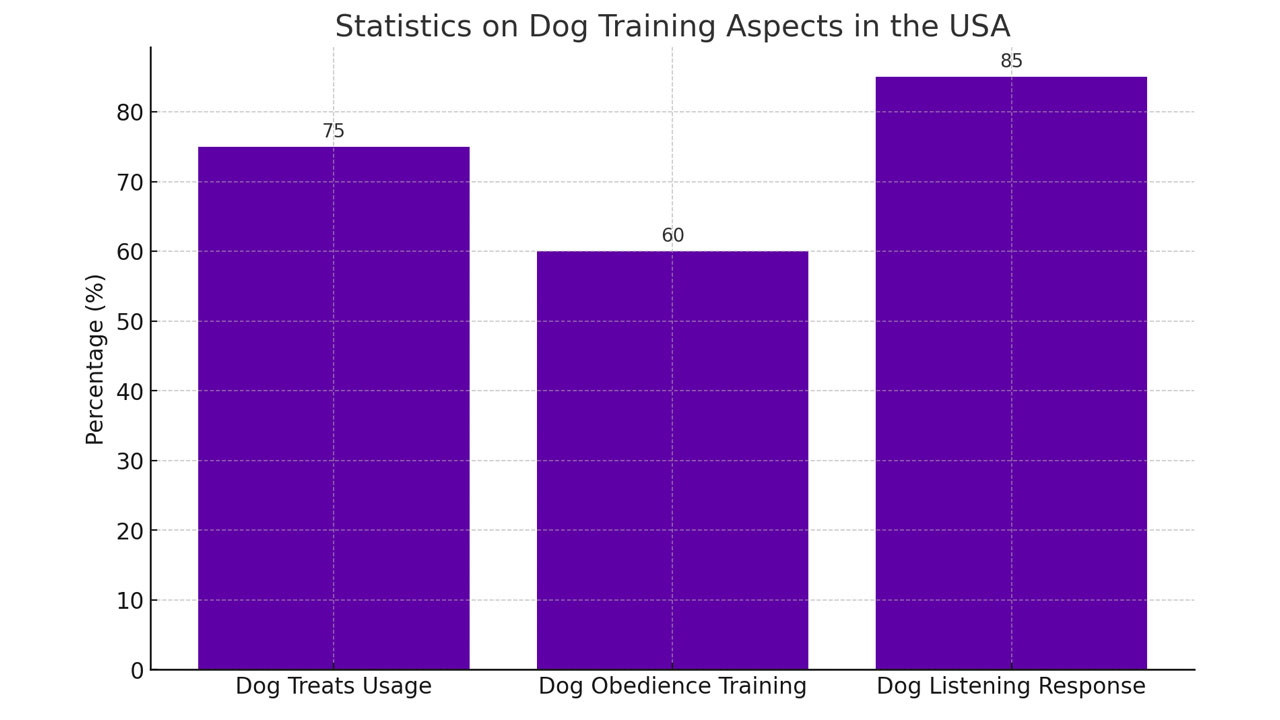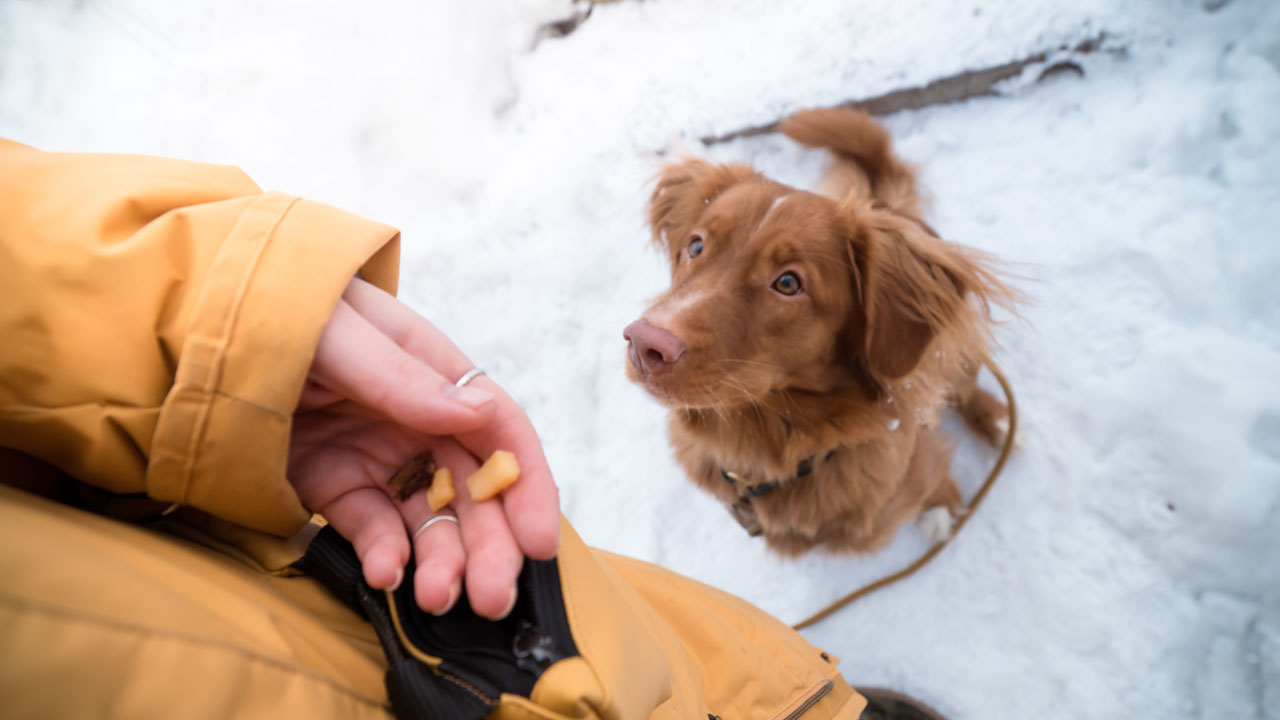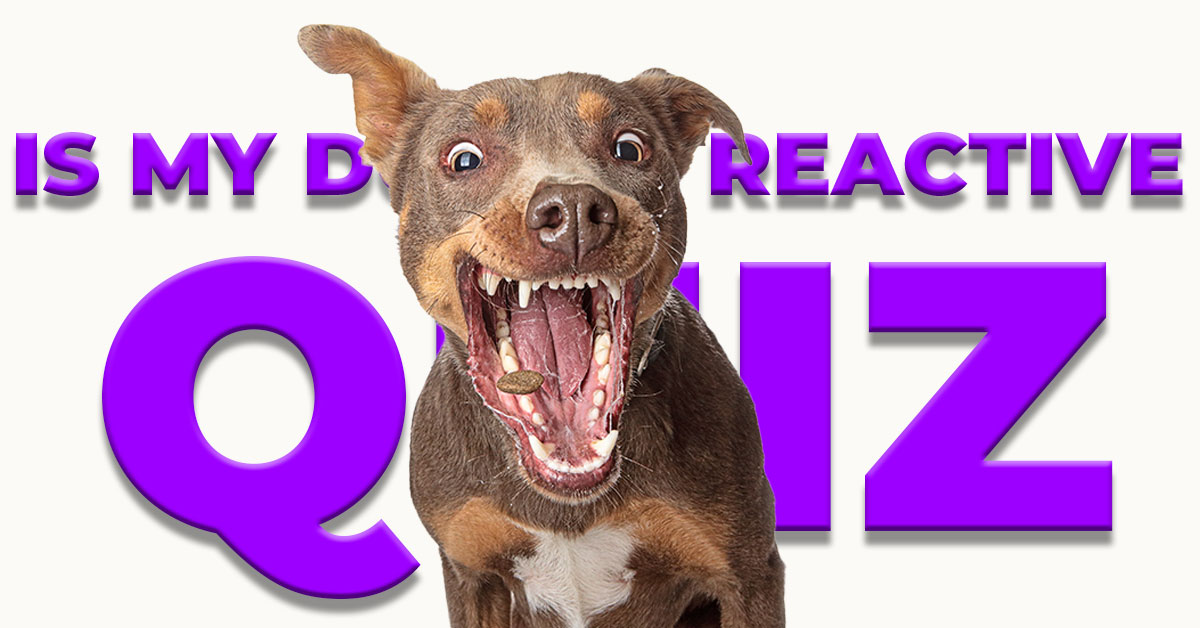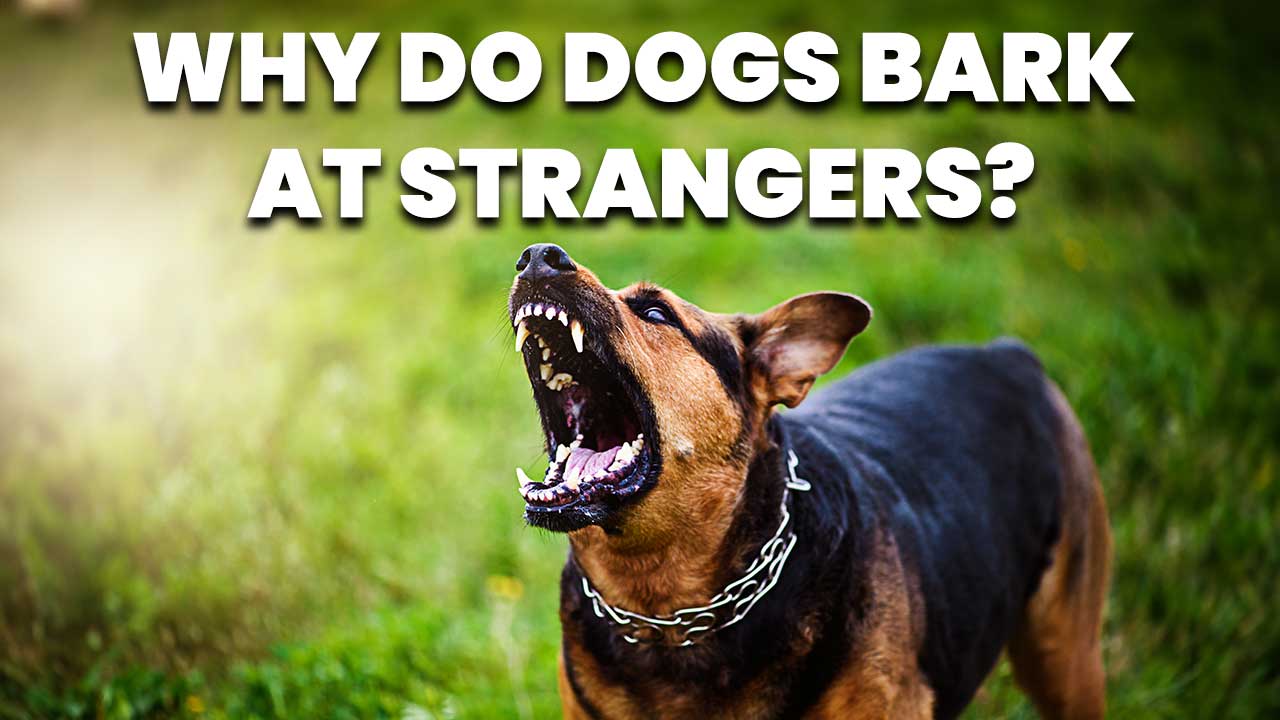Dog Only Listens When I Have Treats
Table of Contents
Key Takeaways
| Key Points | Details |
|---|---|
| Reasons for Reliance on Treats | Over-reliance on food rewards, lack of clear communication, inconsistent training, distractions, and insufficient motivation. |
| Dependency on Treats | Understanding the challenge when your “Dog only listens when I have treats” and how to address it. |
| Training Strategies | Strategies to overcome the issue where a “Dog only listens when I have treats”, including fading the lure and variable reinforcement. |
| Solutions for Independence from Treats | Fading the lure, shaping and capturing, variable reinforcement, building motivation, professional help. |
| Alternative Rewards | Exploring rewards beyond treats to ensure your dog’s obedience isn’t solely treat-based. |
| Consistent Training | The importance of consistency in training to avoid situations where a “Dog only listens when I have treats”. |
| Additional Tips | Patience, consistency, short and frequent training sessions, exercise and mental stimulation, socialization. |
Introduction: Understanding Why Your ‘Dog Only Listens When I Have Treats’
If you wonder “why my dog only listens when I have treats?”, don’t worry, It’s a common issue many dog owners face, leading to frustration and confusion. But don’t worry! In this article, we’re going to dive into why this happens and provide you with effective strategies to help your dog listen, even without the bribe of a treat.
Reasons Why Dog Only Listen Only When I Have Treats
Over-reliance on Food Rewards
It’s not uncommon for dogs to become dependent on treats for obedience, a situation often described as “Dog only listens when I have treats”. This dependency often starts when treats are the sole motivation for their cooperation. Imagine a dog eagerly awaiting a treat, its eyes locked on the tasty morsel. This reliance, encapsulating the “Dog only listens when I have treats” dilemma, can be problematic, as it limits your dog’s willingness to obey without food. For more on effective training methods, check out our article on Smart X 50 Dog Training.
Lack of Clear Communication
Clear and consistent communication is crucial in dog training, especially when addressing the issue where your “Dog only listens when I have treats”. If your commands are muddled, your dog might not understand what’s expected without the visual cue of a treat. Hand signals and verbal commands need to be distinct and consistently used. Clicker training, which uses a sound to mark desirable behavior, can significantly improve your communication clarity.
Inconsistent Training
Irregular training can lead to a situation where your dog only listens when you have treats, causing confusion and unreliable behavior. Consistency in both your commands and expectations sets a clear standard for your dog, helping to move beyond the “Dog only listens when I have treats” issue. Regular training sessions reinforce what you’ve taught and help embed these behaviors as habits. For insights into consistency, our guide on how to train a rabbit dog offers valuable tips.
Underlying Distractions
Distractions in the training environment can significantly impact your dog’s focus, contributing to the issue where your dog only listens when you have treats. If your dog is easily distracted, it might only respond to commands when a treat is visible. Training in quieter, less distracting settings can help your dog concentrate better and overcome the “Dog only listens when I have treats” challenge. For dealing with distractions, we recommend reading how to train a dog to ignore distractions.
Insufficient Motivation
Not all dogs are food-motivated, which is key in addressing the “Dog only listens when I have treats” scenario. Some dogs may prefer playtime, toys, or affection as rewards. It’s essential to find what motivates your dog beyond food, especially when you’re dealing with a situation where your dog only listens when treats are involved. Experiment with different rewards to see what your dog responds to best.
Solutions to Help Your Dog Listen Without Treats: Addressing ‘Dog Only Listens When I Have Treats’
Fading the Lure
Gradually reducing reliance on treats is key to teaching your dog to listen without them, especially when you’re facing the “Dog only listens when I have treats” challenge. Start by using the treat to get your dog’s attention, then gradually reduce its visibility during training sessions. Eventually, use the treat only intermittently. This technique helps shift your dog’s focus from the treat to your commands, addressing the issue where the dog only listens when treats are present. For a deeper understanding, explore our article on how to scent train a service dog, which touches on similar training principles.
Shaping and Capturing
Shaping and capturing are two powerful training techniques that can be particularly effective in situations where a dog only listens when you have treats. Shaping involves gradually teaching a behavior by rewarding incremental steps towards the desired action. Capturing, on the other hand, means waiting for the dog to perform the behavior on its own and then rewarding it. Both methods encourage dogs to think independently, helping to move beyond the scenario where they only respond to the promise of treats.
Variable Reinforcement
This strategy involves rewarding your dog at unpredictable intervals, a useful approach for when your dog only listens when you have treats. By providing rewards at varied times, your dog stays engaged and interested in the training. Instead of expecting a treat every time, your dog learns that obedience might lead to a reward. This helps make their response more genuine and reduces the dependency on treats typically seen in the “Dog only listens when I have treats” scenario. This approach is akin to the training methods discussed in personal protection dog training.
Building Motivation
Keeping training sessions exciting and fun is essential, especially when dealing with the issue where your dog only listens when you have treats. By incorporating games and activities that your dog enjoys, which also serve as a form of reward, you can greatly increase their motivation to participate without the need for treats. This approach not only strengthens your bond but also makes your dog more eager to please you, moving beyond the “Dog only listens when I have treats” challenge.
For anyone struggling with a dog that only listens when you have treats, these are a good place to start:https://braintraining4dogs.com. Dealing with a dog that’s only responsive to treats can feel isolating and challenging. Knowing there are people out there who understand and empathize makes it easier.
Understanding Dog Training Trends in the USA: Treat Usage, Obedience Training, and Listening Response

This bar chart displaying estimated statistics related to dog training aspects in the USA:
- Dog Treats Usage (75%): This number tells us that a lot of dog owners, about three-quarters of them, use treats as a part of their training or just as a way to reward their furry friends. It’s a popular method because, hey, who doesn’t love a tasty treat?
- Dog Obedience Training (60%): Now, this shows that more than half of dog owners take time to train their dogs in obedience. This could be anything from simple commands like ‘sit’ or ‘stay’ to more complex training. It’s a good sign that many people are dedicated to teaching their dogs good manners.
- Dog Listening Response (85%): This is great news! It means that most dogs, about 85% of them, really do respond well to training. They’re listening to their owners and learning from the training sessions, which is fantastic for both the dogs and their owners.
In simple terms, these numbers tell us that using treats is a common and effective part of training, a good number of owners invest time in training their dogs, and thankfully, most dogs are pretty good at picking up what we’re trying to teach them. It’s all about teamwork between us and our four-legged pals!
Additional Tips for When Your ‘Dog Only Listens When I Have Treats’
- Patience and Consistency: Be patient and stay consistent with your training methods. Dogs learn through repetition and positive reinforcement.
- Positive Reinforcement Only: Always use positive reinforcement methods. Negative tactics can harm your relationship with your dog and lead to behavioral issues.
- Short and Frequent Training Sessions: Keep training sessions short but frequent. This prevents your dog from getting bored or overwhelmed.
- Exercise and Mental Stimulation: Ensure your dog gets plenty of physical exercise and mental stimulation. A well-exercised dog is more likely to be responsive to training.
- Socialization: Socialize your dog to help them become less distracted and more adaptable to different environments. This enhances their overall responsiveness.
Conclusion
Wrapping up, the journey to a treat-independent, obedient dog is filled with patience, understanding, and consistent practice. Remember, every dog is unique, and what works for one may not work for another. But with the right approach and mindset, you can teach your dog to listen without always needing a treat in hand.
To summarize, here are the key takeaways from our article:
- Understand the Reasons: Recognize why your dog only listens when treats are involved.
- Implement Solutions: Gradually reduce treat dependency, use positive reinforcement techniques like shaping and capturing, and apply variable reinforcement.
- Stay Consistent: Regular training, consistent commands, and creating a positive learning environment are vital.
- Explore Alternatives: Find non-food rewards that motivate your dog.







